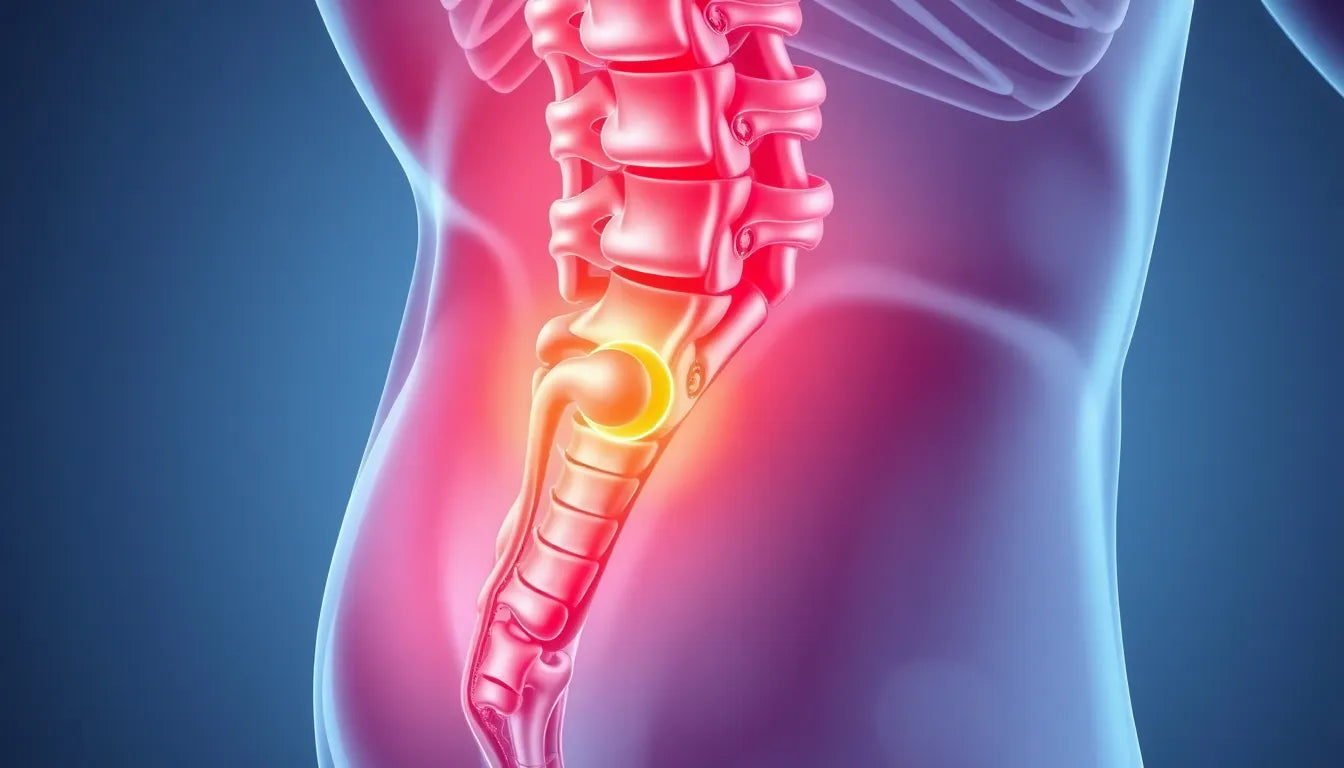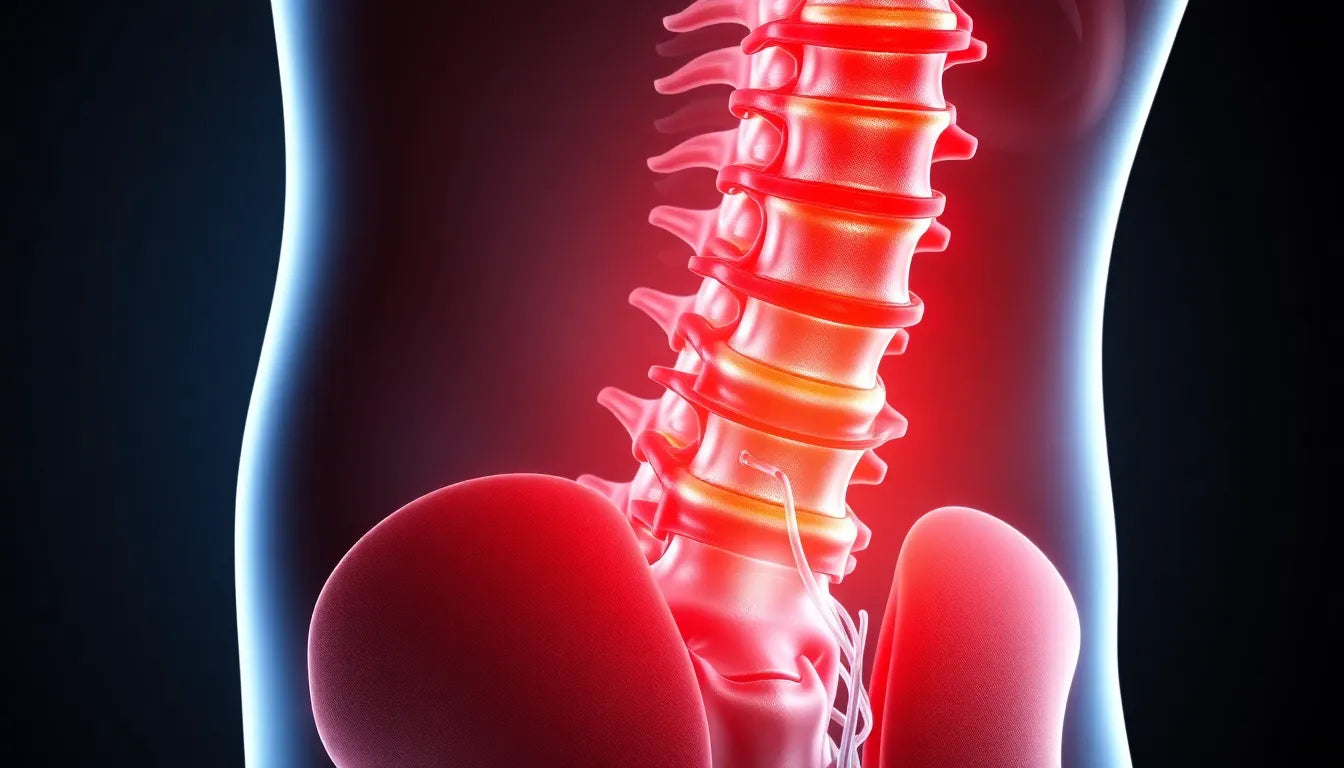Do you ever find yourself shifting uncomfortably in your office chair, battling persistent neck or back pain by the end of the workday? You're not alone. Many office workers experience these common discomforts, often unaware that small, strategic changes can significantly enhance their comfort and productivity. Enter the world of workplace ergonomics, where minor adjustments can make a big difference.
understanding ergonomics
Ergonomics is the science dedicated to designing workspaces that fit the user, rather than forcing the user to adapt to their environment. This approach is crucial in reducing physical strain and preventing musculoskeletal disorders (MSDs), which are common ailments among those who spend long hours at a desk. By optimizing the interaction between people and their work environment, ergonomics aims to improve comfort, efficiency, and overall well-being.
importance across industries
While ergonomics is often associated with office settings, its principles extend far beyond the confines of a cubicle. From assembly lines to healthcare facilities, ergonomic practices are integral in various industries. Whether you're lifting heavy boxes in a warehouse or spending hours at a computer, ergonomics plays a pivotal role in ensuring that your work environment supports your health and productivity.
In industrial environments, for instance, ergonomics can help reduce the risk of injuries related to repetitive tasks and heavy lifting. Meanwhile, in healthcare settings, ergonomic adjustments can prevent strain from prolonged standing or awkward postures. Regardless of the industry, the goal remains the same: to create a workspace that accommodates the worker, reduces physical stress, and enhances performance.
By embracing ergonomic principles, businesses can foster healthier, more productive work environments. This not only benefits employees by reducing the risk of injury and discomfort but also enhances overall job satisfaction and efficiency. As we explore the core principles and practical recommendations for workplace ergonomics, you'll discover how simple changes can transform your daily work experience, making discomfort a thing of the past.
core principles of workplace ergonomics
At the heart of workplace ergonomics is the principle of designing work environments that fit the job to the person, not the other way around. This foundational concept seeks to reduce physical strain, improve posture, and minimize the risk of injury, particularly musculoskeletal disorders (MSDs) that are prevalent in various work settings. By focusing on the individual needs of workers, ergonomic practices aim to create a harmonious interaction between employees and their work environment.
Implementing ergonomic principles leads to numerous health and productivity benefits. From a physical health perspective, ergonomics significantly reduces work-related injuries, such as repetitive strain injuries and over-exertion. By promoting proper posture and reducing unnecessary strain, employees experience fewer aches and pains, contributing to a healthier workforce.
Beyond physical advantages, ergonomics plays a crucial role in enhancing mental well-being. A well-designed workspace reduces fatigue and stress, allowing employees to focus more effectively on their tasks. This improvement in mental comfort translates to increased engagement, better work quality, and a more positive outlook on job responsibilities.
Moreover, the productivity gains from ergonomic improvements are substantial. By minimizing discomfort and preventing injuries, employees can maintain higher levels of concentration and efficiency. This often results in reduced absenteeism, as workers are less likely to take time off due to work-related ailments. Additionally, businesses can see a decrease in workers' compensation costs, further highlighting the financial benefits of investing in ergonomic solutions.
practical ergonomic recommendations
To fully leverage the benefits of workplace ergonomics, it's essential to implement practical adjustments that cater to individual needs. One of the most effective changes is the adjustment of workstations and chairs. Ensuring that workstations are adjustable allows employees to modify the height and angle to suit their comfort, promoting better posture and reducing strain.
Monitor positioning is another critical factor. Aligning the monitor at eye level helps reduce neck strain, preventing discomfort and long-term health issues. Supportive seating, such as ergonomic chairs that provide adequate lumbar support, is crucial for maintaining a healthy sitting posture throughout the workday.
Incorporating supportive accessories into the workspace can further enhance ergonomic benefits. Ergonomic keyboards and mice are designed to reduce strain on the hands and wrists, while headset phones prevent neck strain from cradling a phone between the ear and shoulder. Document holders are also valuable tools, allowing workers to maintain a neutral posture by keeping documents at eye level.
Encouraging movement is another essential aspect of workplace ergonomics. Regular ergonomic assessments and employee training can help identify potential issues and educate workers on best practices. Promoting stretch breaks and encouraging movement throughout the day prevents stiffness and promotes circulation, contributing to overall well-being.
By adopting these practical ergonomic recommendations, businesses can create a more comfortable and productive work environment. These adjustments not only benefit employees by reducing discomfort and preventing injuries but also enhance job satisfaction and efficiency. As companies continue to prioritize employee well-being, the role of ergonomics in the workplace becomes increasingly vital, transforming workdays and improving quality of life for workers across industries.
business benefits and implementation of workplace ergonomics
Implementing ergonomic solutions in the workplace is not just about enhancing comfort and health for employees; it also brings significant business benefits. One of the most compelling reasons for businesses to invest in ergonomics is the substantial return on investment (ROI). Ergonomic improvements can lead to cost savings by reducing the incidence of work-related injuries, which in turn lowers workers' compensation claims and associated costs. Furthermore, by fostering a healthier work environment, companies can experience increased productivity, as employees are able to focus more effectively on their tasks without the distraction of discomfort or pain.
Beyond the financial implications, ergonomics positively impacts company culture and employee morale. When employees feel that their health and well-being are prioritized, job satisfaction increases, which can lead to higher retention rates and a more engaged workforce. This positive work environment can also enhance a company's reputation, making it an attractive place for top talent.
Successful implementation of ergonomic strategies can be seen through various case studies. For instance, companies that have adopted adjustable workstations and conducted regular ergonomic assessments have reported significant reductions in absenteeism and improvements in employee productivity. These organizations have not only improved their bottom line but have also fostered a culture of health and safety, which benefits both employees and the business as a whole.
frequently asked questions
What is workplace ergonomics?
Workplace ergonomics is the science of designing work environments to fit the needs of the worker, reducing strain and preventing injuries. It involves adjusting workstations, tools, and tasks to promote a healthier and more efficient work environment.
How can ergonomics improve productivity?
By reducing discomfort and preventing injuries, ergonomics helps employees work more efficiently and comfortably. This leads to better focus, increased engagement, and higher quality work output.
What are some simple ergonomic tweaks I can make at my desk?
Some simple ergonomic tweaks include adjusting your chair and monitor height to ensure proper posture, using supportive accessories like ergonomic keyboards and mice, and taking regular breaks to stretch and move.
Are ergonomic improvements costly for businesses?
While there may be initial investments in ergonomic solutions, the long-term savings from reduced injuries, absenteeism, and increased productivity often outweigh the costs. Many businesses find that the return on investment is substantial.
How often should ergonomic assessments be conducted?
Regular ergonomic assessments are recommended, ideally every six months or whenever new equipment or work processes are introduced. These assessments help identify potential issues and ensure that the work environment remains conducive to employee health and productivity.
In conclusion, embracing workplace ergonomics is a strategic investment that benefits both employees and businesses. By implementing ergonomic principles, companies can create a healthier, more productive work environment, leading to enhanced employee satisfaction and improved business outcomes.
Sources
- BOSTONtec. (2023). "Health-Centric Workplace Ergonomics."
- OSHA. (2023). "Ergonomics." Occupational Safety and Health Administration.
- Tulane University School of Public Health. (2023). "Ergonomics and Workplace Safety."
- CMD Ltd. (2023). "Ergonomics in the Workplace: Benefits for Employers."
- Ergo Plus. (2023). "Cost and Performance Benefits of Ergonomics."
- OSHA Online Center. (2023). "Office Ergonomics: A Step-by-Step Guide."
- Work-Fit. (2023). "Employee Morale and Ergonomics."


















